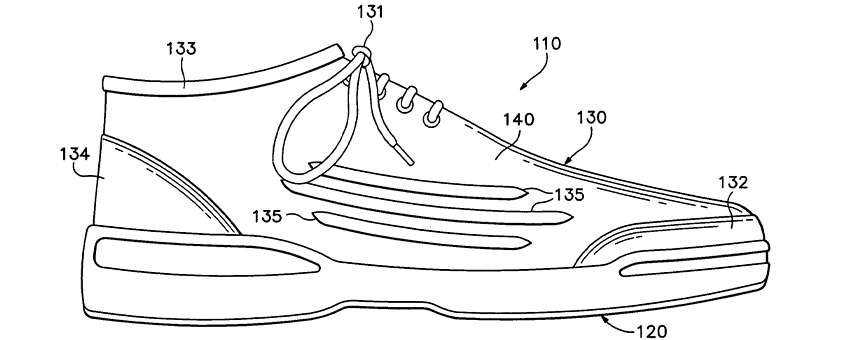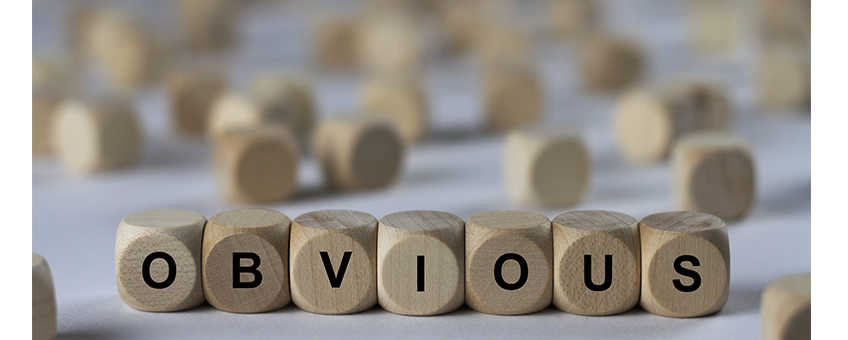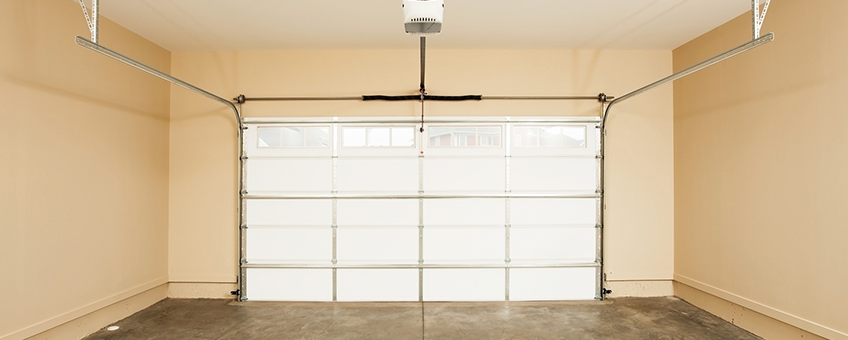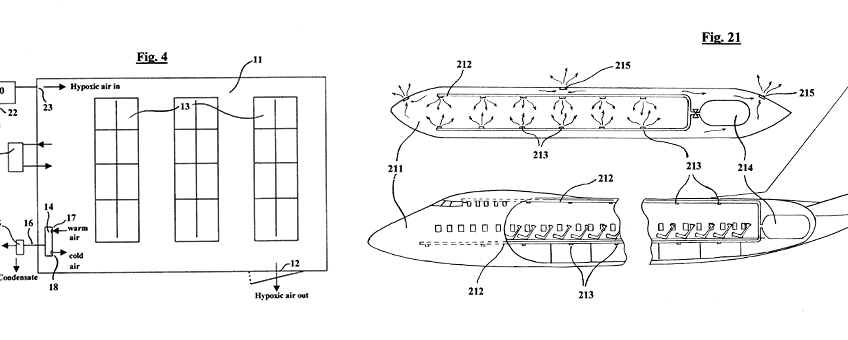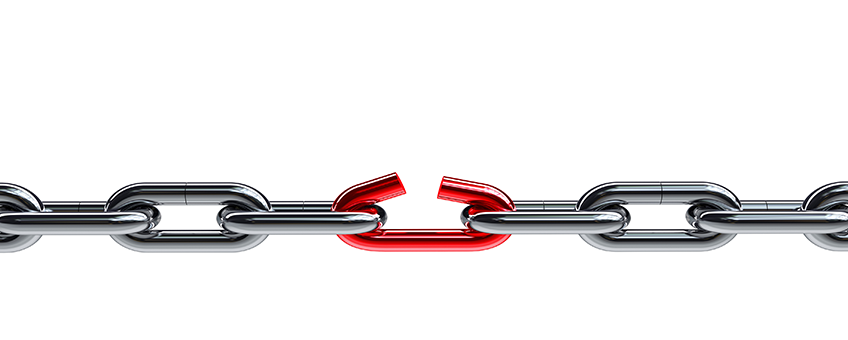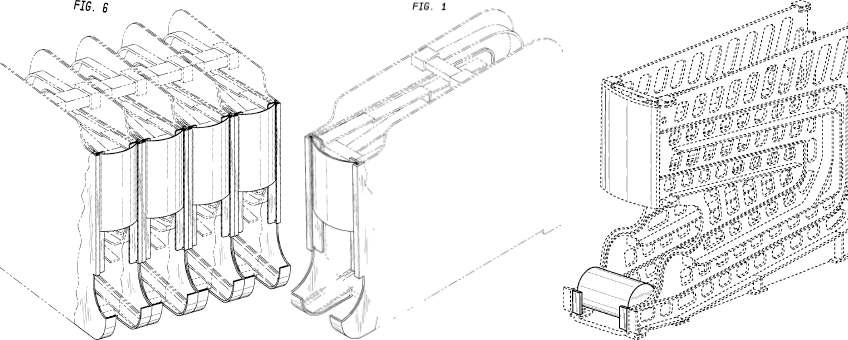Fitbit, Inc. v. Valencell, Inc.
No. 2019-1048 Fed. Cir. Before Circuit Judges Newman, Dyk, and Reyna.
Apple petitioned the Board for IPR of claims 1–13. The Board denied review of claims 3–5. Fitbit filed an IPR petition for claims 1, 2, and 6–13 and moved for joinder with Apple’s IPR, which the Board granted. After the PTAB trial, but before the Final Written Decision, the Supreme Court decided SAS Institute, Inc. v. Iancu, 138 S. Ct. 1348 (2018), holding that the America Invents Act requires that all challenged claims must be reviewed by the Board if the IPR petition is granted. The Board re-instituted the IPR to add claims 3–5 of the patent. The Final Written Decision held claims 1, 2, and 6–13 unpatentable, and held claims 3–5 not unpatentable. Following the decision, Apple withdrew from the proceeding. (more…)



